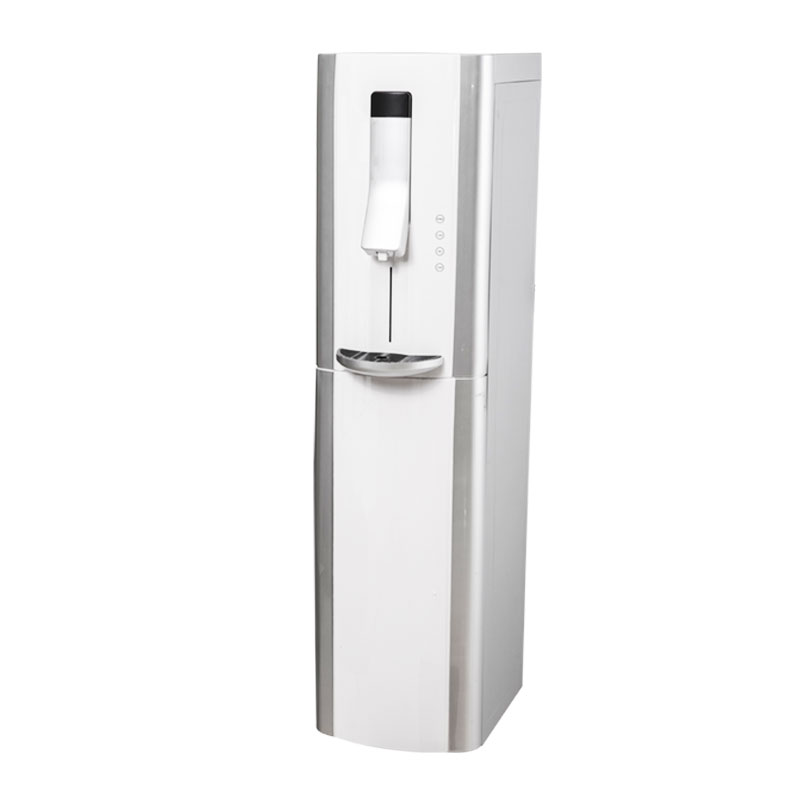In the field of environmental control, dehumidifiers are important equipment for achieving air humidity regulation, especially in environments with high humidity. Dehumidifiers provide users with a more comfortable and healthy living environment by effectively reducing the humidity in the air. However, the dehumidification efficiency of a dehumidifier is not constant, but is affected by a variety of environmental factors, among which air humidity is one of the key factors affecting its performance.
Correlation between air humidity and dehumidification efficiency
Air humidity is usually expressed in relative humidity (RH), which reflects the content of water molecules in the air. The higher the relative humidity, the more water molecules there are in the air. The working principle of a dehumidifier is based on refrigeration technology. By cooling the air below the dew point temperature, water molecules condense into water droplets and discharge them, thereby effectively reducing air humidity. Therefore, changes in air humidity directly affect the working efficiency of the dehumidifier.
In a high humidity environment, the number of water molecules that the dehumidifier needs to handle increases significantly, which increases the burden on the equipment to a certain extent. However, higher humidity also provides more dehumidification opportunities for the dehumidifier, because the increase in water vapor content in the air allows the dehumidifier to condense and discharge water more quickly. Nevertheless, extreme humidity conditions may cause frost to form inside the dehumidifier, especially in low-temperature environments, which can significantly reduce dehumidification efficiency.
On the contrary, in low-humidity environments, the number of water molecules that the dehumidifier needs to process is reduced, which seems to reduce the workload of the equipment on the surface, but in fact, too low humidity may lead to a decrease in dehumidification efficiency. At this time, the water content in the air is insufficient, and the dehumidifier has difficulty condensing enough water, which in turn affects the overall dehumidification effect.
The impact of air humidity on the internal mechanism of the dehumidifier
Air humidity not only directly affects the dehumidification efficiency, but also has a profound impact on the internal mechanism of the dehumidifier. In a high-humidity environment, the dehumidifier's refrigeration system needs to work more frequently to cool the air below the dew point temperature, which not only increases energy consumption, but may also cause increased wear and tear on the system. High humidity environments may also cause blockage of the heat exchanger, thereby affecting the heat exchange efficiency and further reducing the dehumidification effect.
In a low-humidity environment, the dehumidifier's refrigeration system may face the dilemma of not being able to work properly. Too low humidity can cause ice to form on the evaporator surface, hindering air flow, and thus affecting dehumidification efficiency. Additionally, low humidity environments may cause the dehumidifier's fan and motor to overheat, shortening their lifespan.











